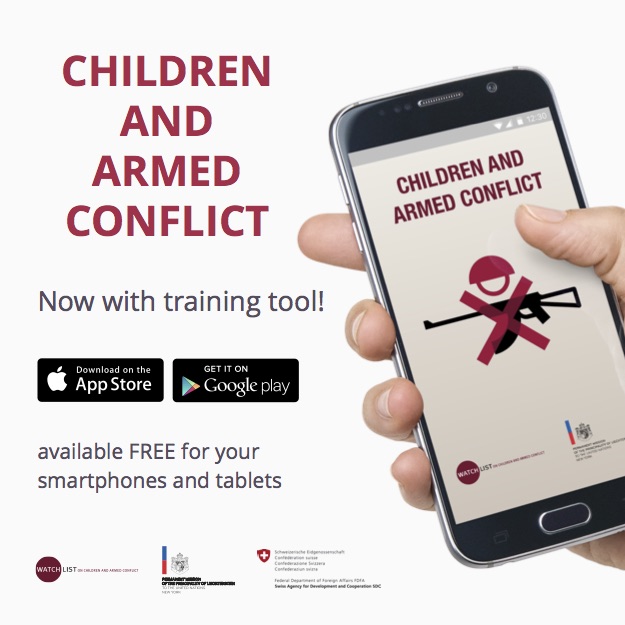- Full Report in English PDF
- 4-page summary in English PDF
- Press Release in English PDF
- Report to the Committee on the Rights of the Child, September 2010 PDF
- Briefing Note March 2011 PDF
Children bear the brunt of the ongoing armed conflict in Afghanistan. In 2009, at least 346 children were killed in aerial strikes and search-and-raid operations by international special forces as well as by assassinations and suicide bombings by anti-government elements. In addition, landmines, explosive remnants of war and other explosives have killed or severely injured hundreds of children, particularly boys who play outside, tend animals, or collect food, water or wood. Armed groups have also damaged and destroyed schools, targeting students (especially girls), teachers and others who are seen as supportive of Afghanistan’s education system.
Thousands of Afghan families have been forced to flee their homes due to armed conflict and economic hardships. More than half of the country’s internally displaced – approximately 161,000 people – are children; an additional 1.5 million children are refugees in Pakistan and Iran.
Despite some progress in expanding basic health services to a wide population, infant and maternal mortality is alarmingly high. Afghanistan remains the worst place in the world for a newborn child, according to child protection agencies.
Current strategies of the Afghan government and its international supporters – though aimed at protecting civilians – have largely neglected the specific needs of children affected by armed conflict. This reluctance to commit to the protection of children is reflected in policy and funding decisions. The London Conference communiqué of January 2010 which served as the “roadmap” to address security, governance and economic concerns in Afghanistan over the next five years, did not refer to children’s needs despite the severe impact that its decisions, such as planned offers of amnesty to Taliban soldiers, will have on their security. Only one child protection advisor has been stationed at the United Nations Assistance Mission in Afghanistan (UNAMA), despite repeated calls by the UN Security Council to allocate more resources to bolster UNAMA’s child protection capacity.
Key decision makers have also neglected the advice of child protection agencies. During the 2009 presidential election for instance, Afghanistan’s Independent Election Commission ignored repeated warnings of UN agencies, nongovernmental organizations and some governmental agencies not to use health facilities and school buildings as polling stations. This disregard ultimately resulted in multiple attacks on schools and hospitals.
The protection of children’s rights should not be limited to “safe“ areas, or stop at Afghanistan’s borders. In 2009, approximately 43 percent of the country was cut off from humanitarian assistance, particularly in the conflict-affected south, southeast and parts of the west. Limited access resulted in thousands of children missing out on urgently required services offered via national health and education campaigns.
The lack of access due to insecurity has also severely hampered the work of the UN-led Monitoring and Reporting Mechanism (MRM) in Afghanistan which was set up to address the six grave violations against Children and Armed Conflict (CAC) in accordance with UN Security Council Resolutions 1612 and 1882, which include killing or maiming of children, abductions, recruitment or use of child soldiers, attacks against schools and hospitals, rape or other grave sexual violence against children, and the denial of humanitarian access to children.
In addition, there is insufficient information available on the extent of violations that are cross-border in nature, including child recruitment or trafficking and the exploitation of children to smuggle drugs or illegal goods. In order to hold perpetrators of these violations accountable and to provide more systematic responses to children, protection actors should make a concerted effort to engage with all parties to conflict, concerned governments and local communities.
The protection of war-affected children merits special attention and must be made a strategic priority as the Afghan government, with support from the international community, lays out plans to bring lasting peace and stability to the country.




